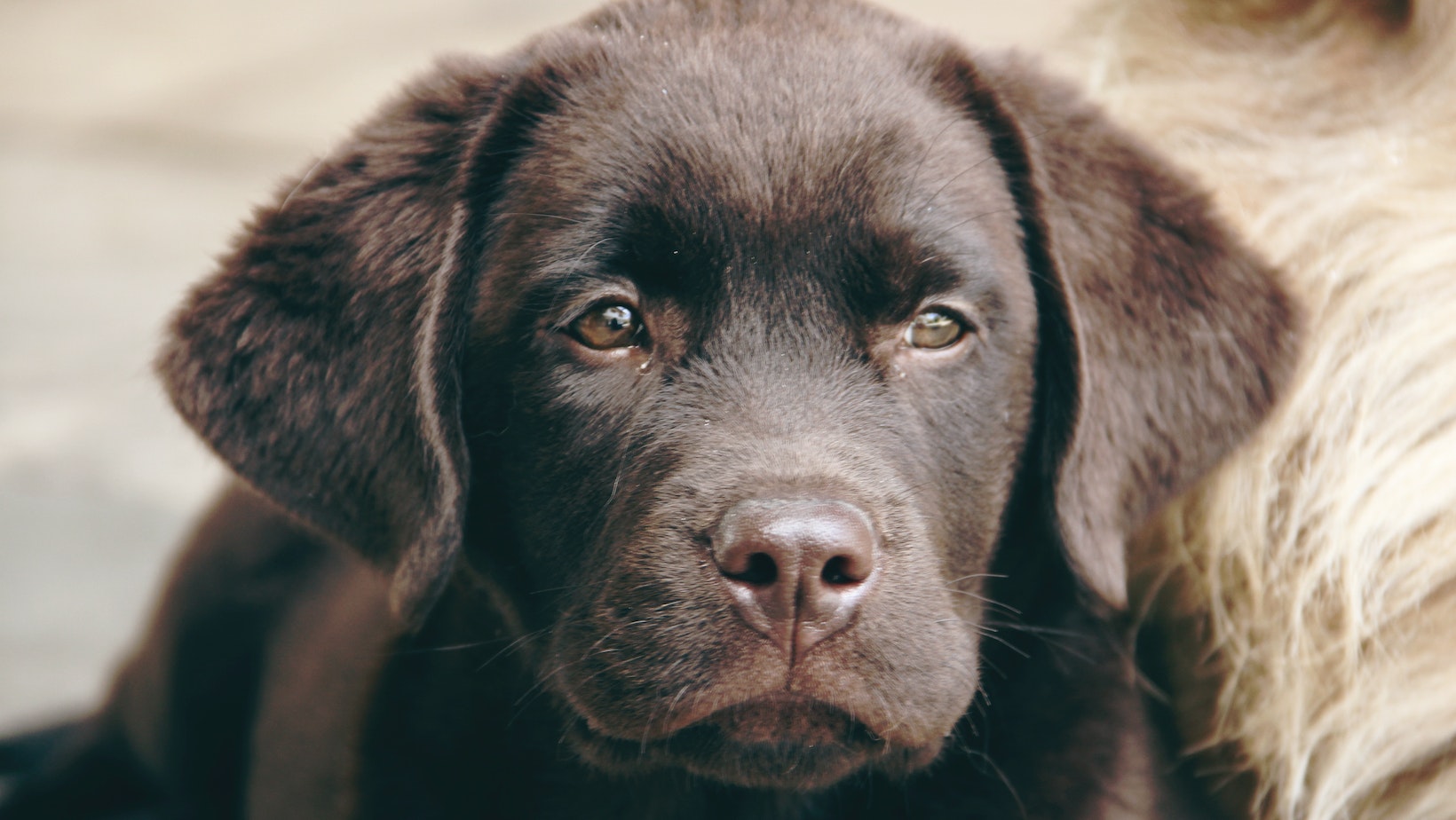Training a reactive dog on walks can be a challenging task, especially if you have a Labrador or any other high-energy breed. However, with the right approach and techniques, it is possible to help your furry friend overcome their reactivity and enjoy peaceful walks together.
How to Train a Reactive Dog on Walks
When it comes to training a reactive dog on walks, the first step is understanding their behavior. Recognizing reactive behavior is crucial in addressing the issue effectively. Reactive dogs tend to react excessively to certain stimuli, such as other dogs, strangers, or loud noises. These reactions can manifest in various ways, including barking, lunging, growling, or even attempting to flee.
To identify reactive behavior in your Labrador during walks, look out for signs like tense body language, raised hackles, fixated gaze, or excessive pulling on the leash. It’s important not to confuse reactivity with aggression; reactive dogs are often fearful or anxious rather than intentionally aggressive.
Common Triggers for Reactive Dogs
Reactive behavior can be triggered by a variety of factors specific to each dog’s individual experiences and sensitivities. However, some common triggers for reactive dogs on walks include:
- Other Dogs: Many reactive dogs have difficulty interacting with unfamiliar canines due to fear or past negative experiences.
- Strangers: Some dogs may react defensively towards strangers approaching them too quickly or invading their personal space.
- Loud Noises: Sudden loud noises like fireworks or sirens can startle and trigger reactivity in sensitive dogs.
- Unfamiliar Environments: Some dogs may become overwhelmed when exposed to new places with different sights and smells.

Implementing Counterconditioning Techniques
One highly effective approach to training a reactive dog on walks is through counterconditioning techniques. This method focuses on changing your dog’s emotional response to the triggers that cause reactivity. By associating these triggers with positive experiences, you can gradually teach your dog to feel relaxed and comfortable in their presence.
Here are some key steps to implement counterconditioning techniques:
- Identify Triggers: Start by observing your dog’s behavior during walks and identifying what triggers their reactivity. It could be other dogs, strangers, bicycles, or loud noises.
- Create Distance: Once you’ve identified the triggers, create enough distance between your dog and the trigger so that they remain below their reactivity threshold. This will allow them to stay calm and focused during training sessions.
- Reward Calm Behavior: Whenever your dog notices a trigger but remains calm or looks at you for guidance instead of reacting anxiously or aggressively, reward them with treats or praise immediately. This reinforces their calm behavior and helps build positive associations.
- Gradual Exposure: Over time, slowly decrease the distance between your dog and the trigger while continuing to reward calm behavior. The goal is to desensitize them to the trigger by gradually increasing exposure in a controlled environment.
- Consistency is Key: Consistent practice is vital for successful counterconditioning. Make sure to set aside regular training sessions where you can work on desensitizing your dog to their triggers. Remember, patience and persistence are essential.
By implementing these counterconditioning techniques consistently, you can help your reactive dog overcome their fears and anxieties during walks. Remember, every dog is unique, so it’s important to tailor the training approach to suit your Labrador’s specific needs.